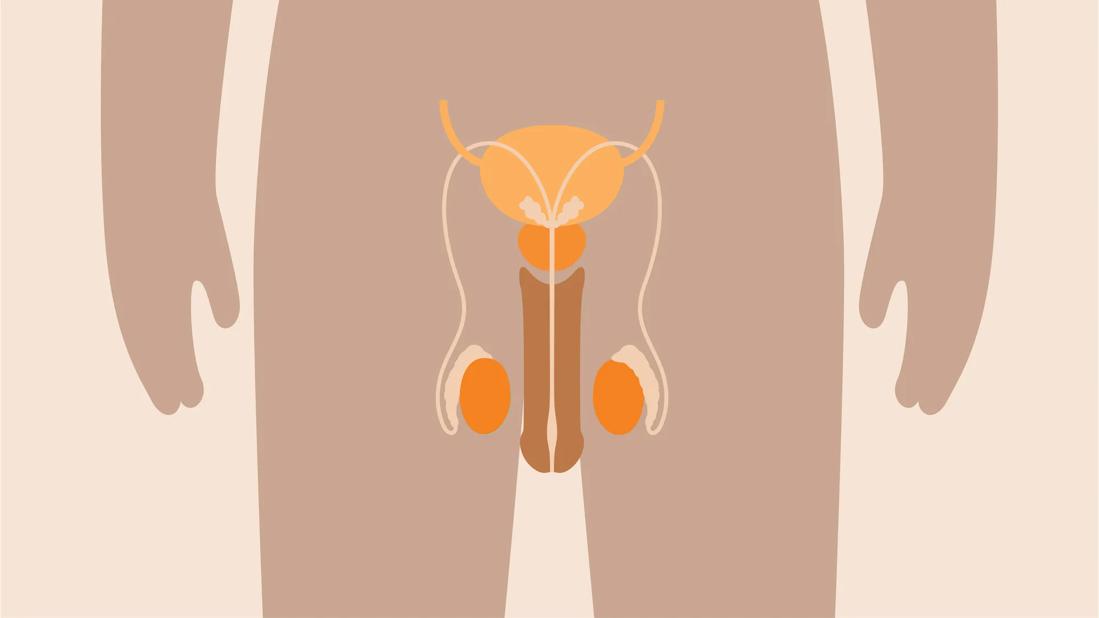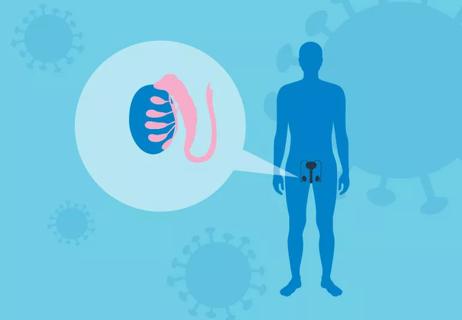A self-exam takes only two minutes once a month

If you have testicles, setting aside two minutes a month could save your life. That’s how little time it takes to do a self-exam to check for testicular cancer.
Advertisement
Cleveland Clinic is a non-profit academic medical center. Advertising on our site helps support our mission. We do not endorse non-Cleveland Clinic products or services. Policy
Here’s the reality, though: Most just don’t reach down to “check their berries” on a regular basis. In fact, only 4 in 10 men surveyed by Cleveland Clinic reported doing a regular self-exam of their testicles.
That’s a missed chance to get ahead of a health issue, says urologist Samuel Haywood, MD. “Testicular cancer is very treatable, with a cure rate of 95%,” says Dr. Haywood. “But you have to know it’s there to treat it.”
This is a hands-on activity best done after a warm bath or shower. The warmth relaxes the skin of your scrotum, which makes it easier for you to feel for anything unusual. (As an added perk, you’re already naked, too.)
Now, let’s walk through the process.
Your left and right testicles may be different sizes. That’s OK, says Dr. Haywood. As you check month to month, though, note if your testicles seem to change in size, shape or firmness. A change is worth a call to your doctor’s office.
Advertisement
One last note: As you do the self-exam, you’ll come across a cord-like item on top and in back of each testicle. This is called the epididymis, and it’s supposed to be there. The tubular structure stores and transports sperm.
The lumps that come with testicular cancer are often painless, meaning they’re not likely to draw attention and announce their presence in a typical something-is-wrong sort of way, notes Dr. Haywood.
So, it’s usually up to you to find them, which is why self-exams are recommended once a month after puberty.
A few factors may increase your chances of developing testicular cancer and make self-exams even more critical, including:
There’s also an association between infertility and testicular cancer. In addition, testicular cancer is more common among people who are white.
Testicular cancer is typically curable, even at later stages. The overall cure rate is 95%. If detected early, that success rate climbs to 98%.
Anyone with a testicle is a candidate for testicular cancer. It happens most often between the ages of 20 and 35. Overall, testicular cancer is relatively uncommon. Deaths happen from it but are somewhat rare.
“But the key is early identification,” stresses Dr. Haywood. “So, take the two minutes a month to do a self-exam.”
Advertisement
Learn more about our editorial process.
Advertisement

The most common symptom is a lump on your testicle

Just one more myth to add to the misinformation pile

Smart choices will take you far

Pain in the scrotum can be serious

Bleeding is a risk and warrants taking care, but the reward of this lifesaving medication is great

Type 2 diabetes isn’t inevitable with these dietary changes

Applying a hot or cold compress can help with pain